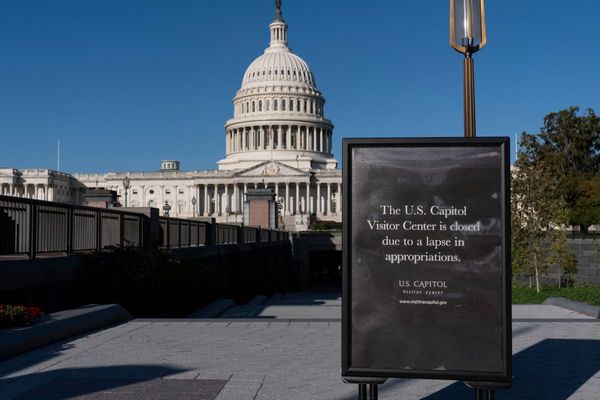
Despite a recovering economy and increased wages, many Americans are still feeling the financial strain of the COVID-19 pandemic. While the consumer price index has shown a decrease from 9.1% in June 2022 to 3.1% in February 2024, consumer purchasing power has declined by one-fifth during the same period.
To address the issue of hidden charges that burden consumers, the Biden administration has introduced the Junk Fee Initiative. This initiative aims to shed light on the various fees that often go unnoticed by consumers until they receive the final bill. While the focus has primarily been on private businesses, it is essential to recognize that nonprofits, particularly colleges and universities, also contribute to these additional costs.
One of the key aspects highlighted in the initiative is the prevalence of junk fees in higher education institutions. Many colleges and universities charge students extra fees for services that are not explicitly covered by tuition, room, and board. These additional expenses, such as technology access fees and graduation fees, are often disclosed to students during enrollment but are not integrated into the overall cost of attendance.
Some of the most common examples of junk fees imposed by colleges and universities include document fees, graduation fees, matriculation fees, technology surcharges, and undergraduate activity fees. These fees can range from nominal amounts to significant charges, adding to the financial burden on students and families.
Over the years, the cost of tuition in American higher education institutions has surged by 153% (adjusted for inflation) since 1981. In addition to tuition hikes, the proliferation of junk fees has further strained students' finances. These fees, often disguised as necessary expenses, contribute to the overall cost of obtaining a degree.
The Biden administration is being urged to take action to address these junk fees in colleges and universities to ensure transparency and affordability for students and their families. By eliminating these hidden charges and requiring institutions to disclose the true cost of education, students can make more informed decisions about their academic pursuits.







